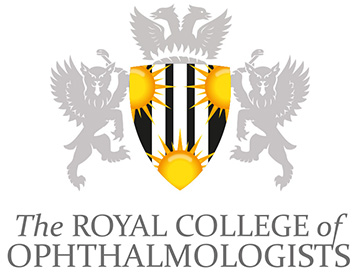VISION 2020 UK secures funding for data collection through CVI
13 April 2016
VISION 2020 UK has secured funding for data collection through the Certificate of Vision Impairment. You can read about the CVI progrmme here on the RCOphth website.
VISION 2020 UK, the umbrella organisation which leads collaboration and co-operation between organisations across the eye health and sight loss sectors, has secured funding for data collection based on the Certificate of Vision Impairment (CVI) to continue maintaining the public health indicator on eye health.
The public health indicator uses the information gathered through the CVI to populate the National Health Indicator on sight loss, allowing open access to information at a local level on AMD, glaucoma and diabetic retinopathy. The CVI is the first step in the formal mechanism for registering someone in England and Wales as visually impaired.
The history of data collection on vision impairment goes back to 1851 when the number of people with vision impairment was first reported. In 2000 the Department of Health (DH) decided that the Office of National Statistics would no longer analyse the data. With the agreement of the DH, the Royal College of Ophthalmologists and Moorfields, the CVI data was sent for analysis to Moorfields NHS Trust where the data was manually entered onto a database and analysed.
In the past, the funding for the CVI team has been from charities such as the RNIB and Guide Dogs for the Blind. As funding was due to cease in April 2016, the VISION 2020 UK CVI Task and Finish Group have had urgent discussions with Public Health England to reach a successful agreement.
The information provided by 15 years of uninterrupted data from this source has already provided extremely valuable epidemiological information on which almost all research into population eye health relies. The data is used in local needs assessments and to plan local services. If clinicians failed to offer this certification then many people would lose access to specialised social care support.
The data has also uncovered unexpected trends of great significance in combatting sight loss, such as the evidence reported in 2014 that for the first time in at least five decades, inherited retinal conditions had overtaken diabetes as the leading cause of certifiable blindness in the working age population.
VISION 2020 UK CEO Mercy Jeyasingham, commented, “We would like to thank Professor Croisdale-Appleby and the Task and Finish Group for their excellent work in securing this funding. This cross-sector collaboration highlights the important work of VISION 2020 UK and our commitment to protecting this public health indicator and the valuable information it provides.”
Professor David Croisdale-Appleby, Chair of VISION 2020 UK Certificate of Vision Impairment Task and Finish Group, said “This is a very positive step towards our long-term goal of an electronic CVI instead of the current manual system and the easier access to this data that would benefit everyone.”
